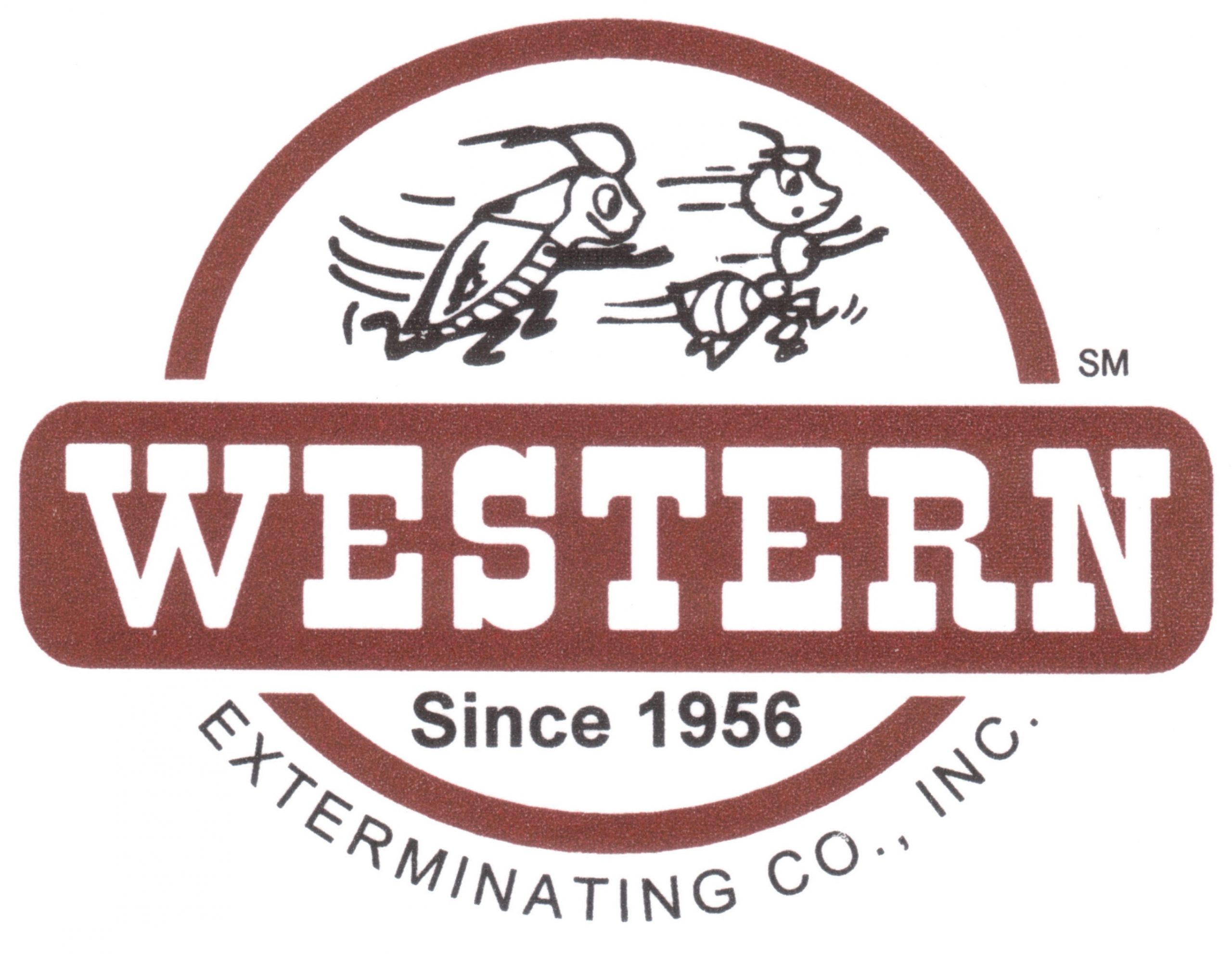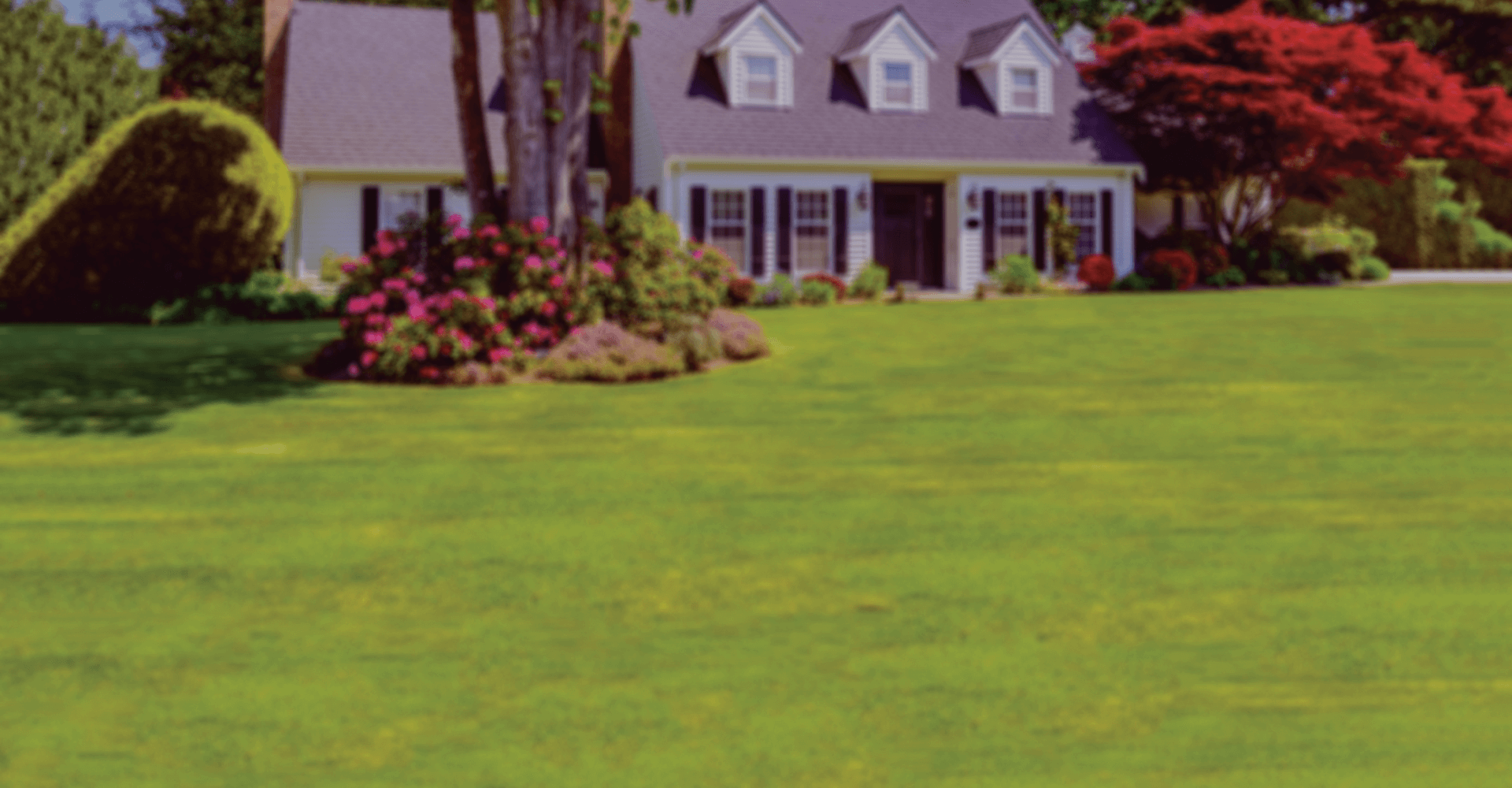17 Mar Termites or Carpenter Ants?
 A common mistake that homeowners experience is mistaking a carpenter ant for a termite. While carpenter ants are a problem, termites are a much bigger problem. To distinguish between the two you can look at a few different components, the physical aspect of the pest and the damage that the insect is enforcing on your home.
A common mistake that homeowners experience is mistaking a carpenter ant for a termite. While carpenter ants are a problem, termites are a much bigger problem. To distinguish between the two you can look at a few different components, the physical aspect of the pest and the damage that the insect is enforcing on your home.
Physical Differences
To begin you have to know the similarities between termites and carpenter ants. Both do in fact have wings. Most homeowners will mistake carpenter ants for termites because they assume that carpenter ants do not have wings. By looking at three different characteristics of these pests we can distinguish them from one another:
- The Waist – While ants have a thin “waist” between the base and the abdomen, the termite has a broad waist making it harder to distinguish the abdomen from the base of the insect.
- The Antennae – The carpenter ant has an elbow-shaped antennae while a termite has a straight antenna.
- The Wings – All ants have winged ants in their colony once they are established. Ants belong to the same insect group as hornets, wasps and bees. All of these insects share the same types of wings which has two pairs of membranous wings with the front ones being larger than the hind ones. This is a distinction in comparison to a termite who also has duel wings but their wings are equal in length.
While the physical aspect might help a homeowner have an idea of what type of infestation they are having the similarities might be too much for one to come to a conclusion. To get a clearer idea of how severe their problem is we have to pair the physical appearance with the structural damage.
Carpenter Ant Infestation:
– Smooth and clean hollows
– “Swarmer’s” can appear in great numbers
– Presence of ants daily
– Presence of ants indoors during winter months
Termite Infestation:
– Hollow sounding wood
– Cracked wood (not as clean and smooth as aunts)
– Mud tubes on exterior walls
– Attracted to moisture-rich habitats
– Sheet Rock Flaking
– Small pin holes in the ceiling or on walls around showers or other plumbing areas, with or without dirt at the opening



